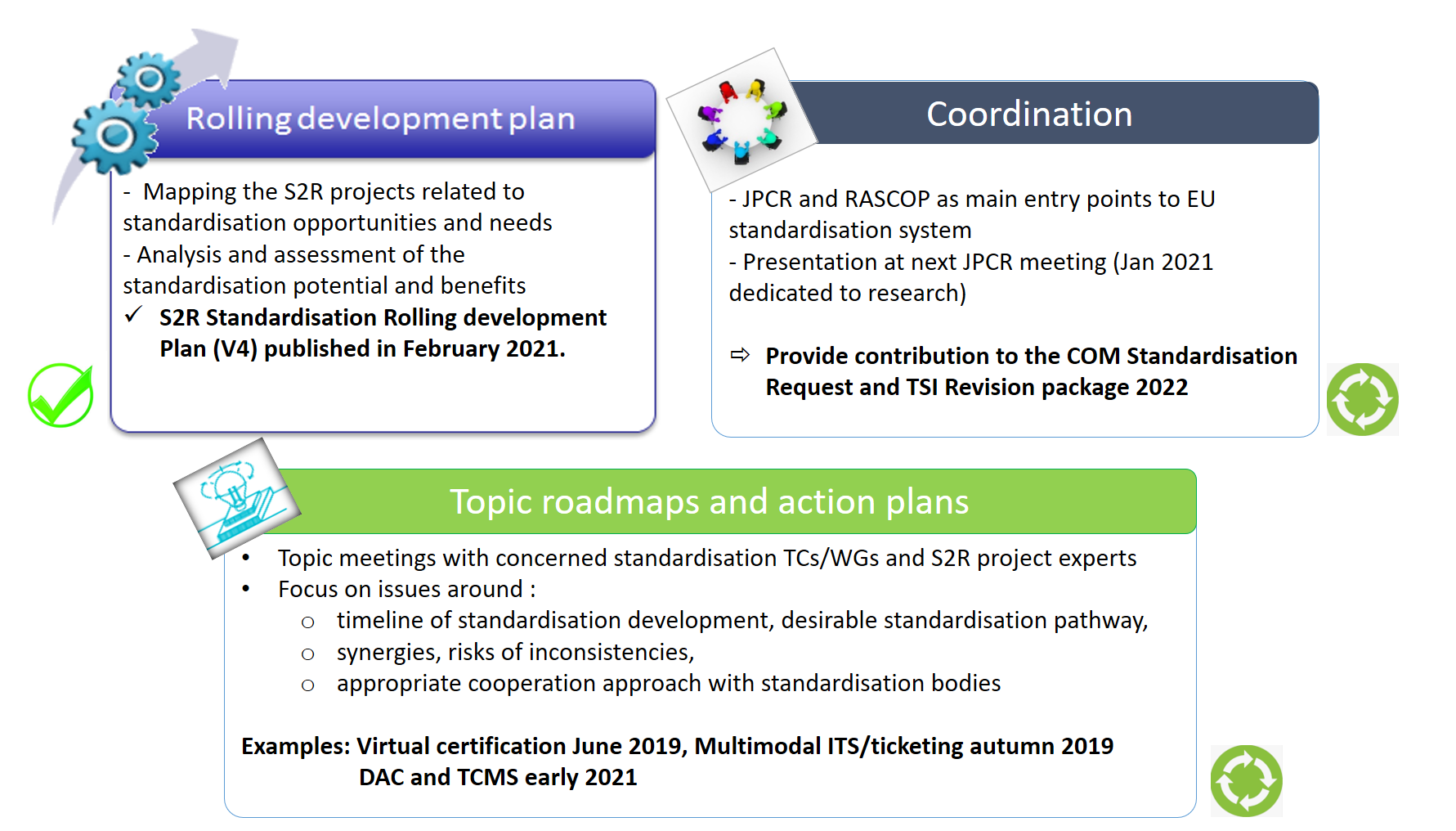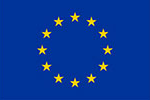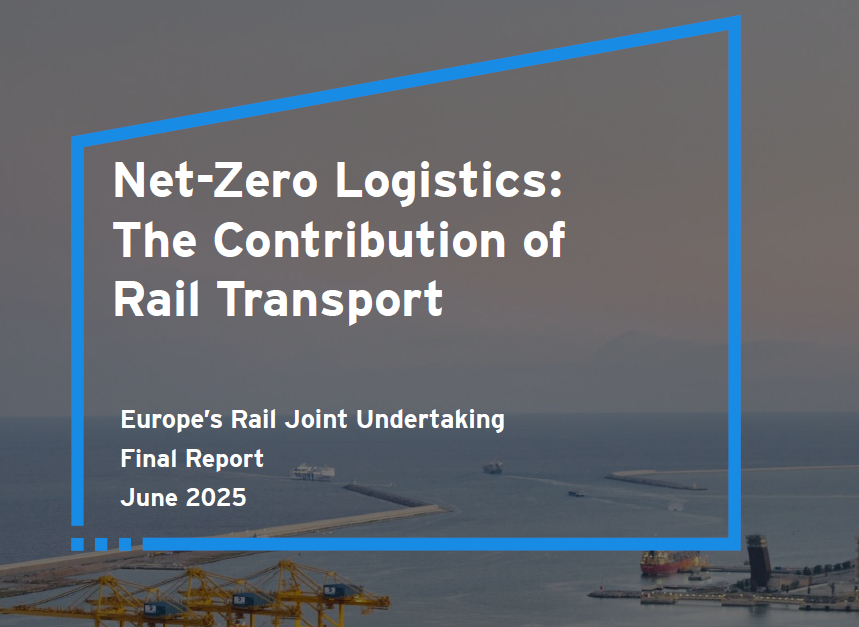Europe must take decisive steps to simplify and modernise its rail systems to strengthen competitiveness,...
‘The innovation principle entails taking into account the impact on research and innovation (R&I) in the process of developing and reviewing regulation in all policy domains, i.e. to ensure that European Union regulation allows companies to enter markets more easily’[1].
With this in mind, standards and standardisation have been highlighted in the Europe 2020 strategy as pivotal in supporting the EU’s R&I activities, in reaffirming the important role of standards for innovation as sources of competitiveness and in underpinning smart, sustainable and inclusive growth.
Shift2Rail focuses on innovation that will take place only if R&I, industrialisation and wide market uptake are combined. Therefore, the solutions that will be developed have to be highly interoperable and provide the required level of standardisation for long-term, easy and cost-efficient operation and maintenance of the railway system. Shift2Rail works towards bridging the gap between research and standardisation in an integrated approach, which is essential to accelerate access to market and the implementation of the innovative technologies in the railway network.
Within the Shift2Rail Cross-Cutting Activities, there is a dedicated Work Area on Standardisation with the objective to foster the transfer of Shift2Rail results and outcomes of innovation activities into standards or regulatory documents when needed and beneficial. It provides a coordinated approach across the Shift2Rail research activities and pre-standardisation processes in agreement with the relevant standardisation bodies, standard setting organisations, as well as the European Union Agency for Railways (ERA).

One of the key exercises was launched already at the early stage of the Programme with the aim to identify and to map the standardisation needs and opportunities that could derive from the research results of the Shift2Rail Programme.
The investigation into the potential of standardisation of the Shift2Rail results is a continuous collection of information across the different projects, the analysis of these activities and their benefits which are collected in the Standardisation Rolling Development Plan. Its latest version was published in February 2021. To provide a flavour of the work done so far, some examples from the standardisation inputs are described below.
- One of the activities linked to the Technological Demonstrator on new traction system was the establishment of a joint working group with European Center for Power Electronics to deliver guidelines on technical specifications for railway applications.
- The R&I work related to the Technological Demonstrator on train control and monitoring system contributed directly to Train Communication Network standards series such as the IEC 61375 and provided key inputs to finalise the new train-to-ground communication standard, enabling interoperability for many important services such as the energy metering (as of TSI ENE).
- Within the activities related to the Technological Demonstrator on optimised track system, new (GIP) measure for improvements of the wheel/rail interaction in terms of riding comfort was developed. The report produced in relation to this activity has been considered in the technical report of EN15302.
- On the Cross-Cutting Area for noise, the R&I work provided an analysis of positive points and possible gaps within the ISO standards on acoustic emission from non-railway specific components. The findings of the analysis were presented to the relevant CEN expert group.
- The Cross-Cutting Area for virtual certification developed a generic approach for introducing virtual testing, especially for use in railway authorization. This methodology is in the process to be handed over to the active CEN and CENELEC Working Groups which are tasked with drafting the standard.
- The Standardisation Rolling Development Plan (SRDP) provided also the Shift2Rail contribution to the ongoing activity related to the Commission Implementing Decision on a standardisation request for CEN/CENELEC. In addition, the SRDP supports the identification of specific topics where alignment and synchronisation of activities are needed with the European Commission, ERA and the different standardisation organisations. Meetings have been already organised for certain topics such as virtual testing and cyber security. More recently, a standardisation coordination meeting was launched on the digital automatic coupling (DAC) with European DAC Delivery Programme enabled by Shift2Rail, CEN and CENELEC.
[1] COM(2017) 479 final, Brussels, 13.9.2017.
















